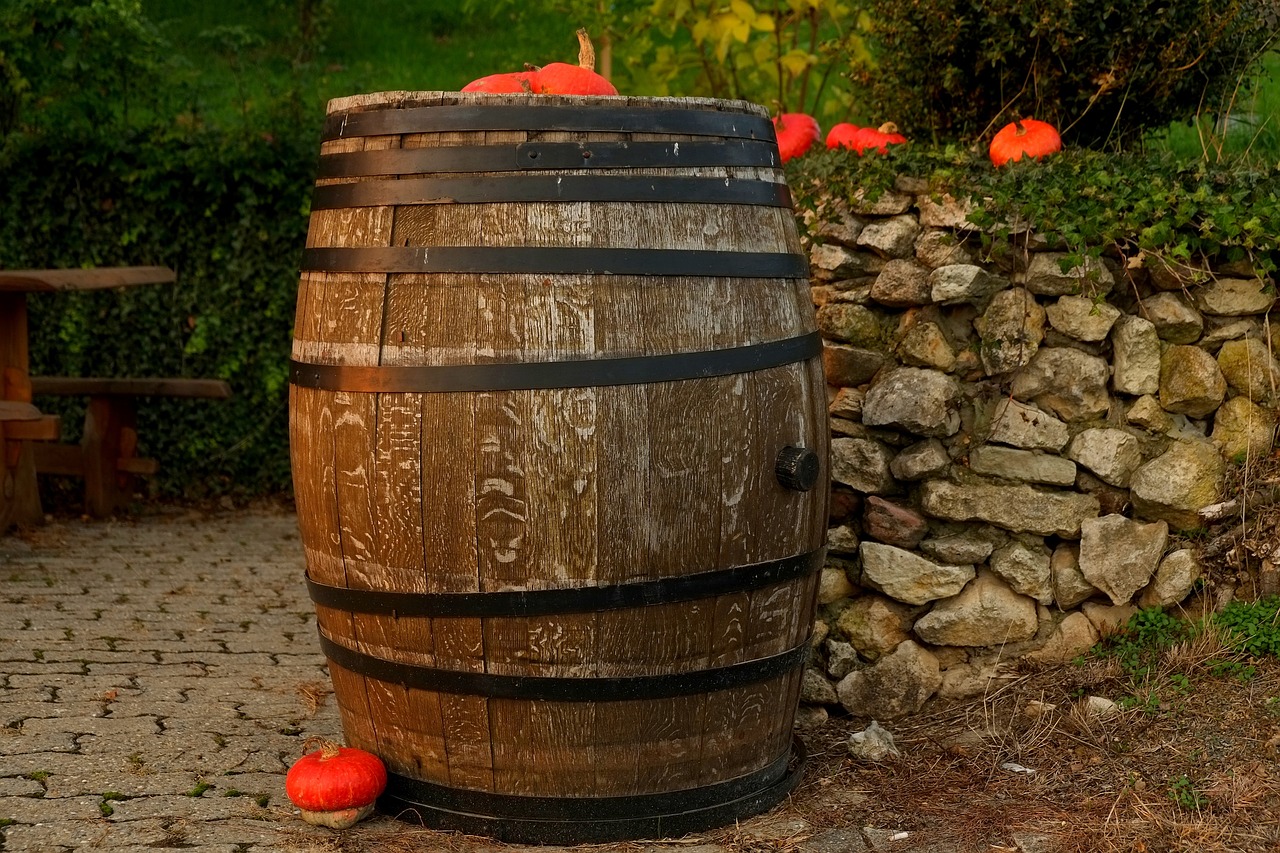Malolactic fermentation (MLF), also known as malolactic conversion, is a secondary fermentation process that occurs in most red wines and some white wines. This process is a crucial step in winemaking as it helps to develop the flavors, complexity, and texture of the wine. In this article, we will explore the details of malolactic fermentation and its impact on the final product.
What is Malolactic Fermentation?
Malolactic fermentation is the conversion of malic acid into lactic acid by bacteria that are naturally present in wine or are added intentionally. Unlike primary fermentation, which is carried out by yeast to convert sugar into alcohol, malolactic fermentation involves the conversion of tart malic acid, found in grapes, into softer lactic acid. This process is important for wine because it can reduce the perception of acidity and impart new flavors and aromas.
The Bacteria Responsible for MLF
The most common bacteria responsible for malolactic fermentation in wine are Oenococcus oeni, Leuconostoc mesenteroides, and Lactobacillus plantarum. These bacteria convert the harsher malic acid into the milder lactic acid, resulting in a smoother and more balanced wine. Winemakers can initiate MLF by adding pure cultures of these bacteria or by relying on the naturally occurring bacteria present in the wine.
Factors Affecting Malolactic Fermentation
Several factors can influence the occurrence and progression of malolactic fermentation. Temperature plays a significant role, as MLF generally occurs between 20°C and 30°C (68°F and 86°F). If the temperature is too low, MLF may not start or may proceed very slowly. Another important factor is the pH level of the wine, as MLF is inhibited in wines with low pH levels (high acidity).
The Wine Making Process and MLF
Malolactic fermentation typically occurs after the primary fermentation of grape juice into wine is complete. Once the alcoholic fermentation is finished, the wine is transferred to a separate vessel known as a malolactic fermentation tank. This tank is often made of stainless steel, oak, or cement.
During MLF, the winemaker can choose whether to allow both fermentations to occur simultaneously, known as co-inoculation, or to wait for the alcoholic fermentation to finish before initiating MLF.
Co-inoculation involves adding the desired bacteria strains for MLF shortly after yeast inoculation for primary fermentation. In this method, the bacteria and yeast work together, and MLF can be completed more quickly. On the other hand, if the winemaker chooses to wait for the primary fermentation to finish, MLF is known as sequential fermentation.
Impact of MLF on Wine
Malolactic fermentation has several significant impacts on the wine. Firstly, it helps to reduce the perception of acidity and creates a smoother mouthfeel. The conversion of malic acid into lactic acid contributes to a creamy texture and softer acidity in the wine.
Secondly, MLF can introduce new flavors and aromas to the wine. The bacterial conversion of malic acid can result in the production of diacetyl, an organic compound that can imbue the wine with buttery or creamy flavors. Additionally, MLF can produce other flavor compounds such as citrus, apple, and nutty notes, enhancing the complexity and depth of the wine.
Lastly, malolactic fermentation can also contribute to the stability and longevity of the wine. The conversion of malic acid into lactic acid can act as a natural preservative, preventing spoilage and extending the shelf life of the wine.
Overall, the process of malolactic fermentation is a crucial step in winemaking that helps to shape the character and quality of the final product. By understanding the intricacies of MLF, wine enthusiasts can gain a deeper appreciation for the complexity and flavors that this secondary fermentation imparts to their favorite wines.
Related Articles:
For more information on wine-related topics, check out these articles:
How many pounds of grapes to make a gallon of wine?
A beginner’s guide to French wine varietals
How many pounds of grapes to make a bottle of wine?
How to poach pears without wine?
How to glue rhinestones to wine glasses?
How to install wine on Manjaro?


